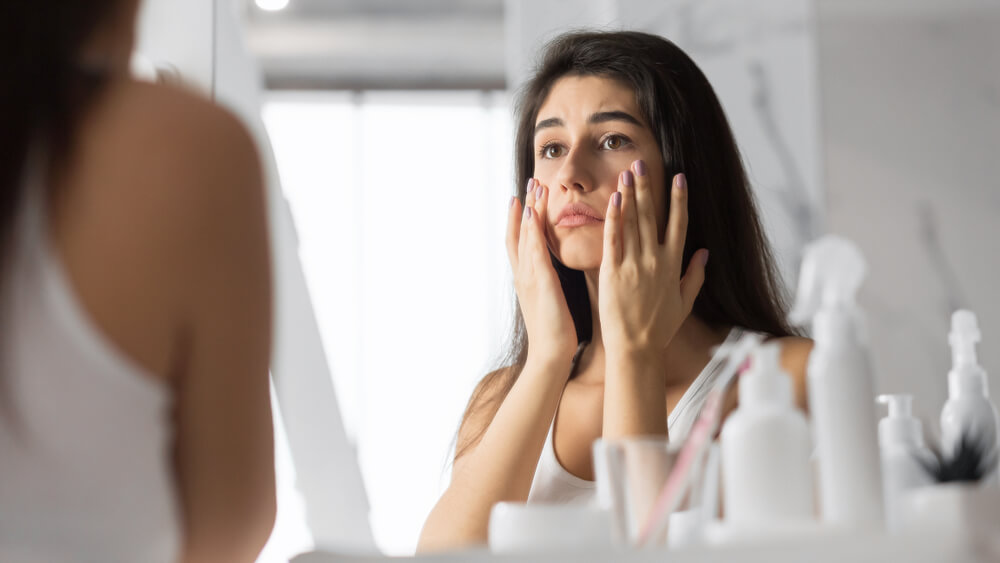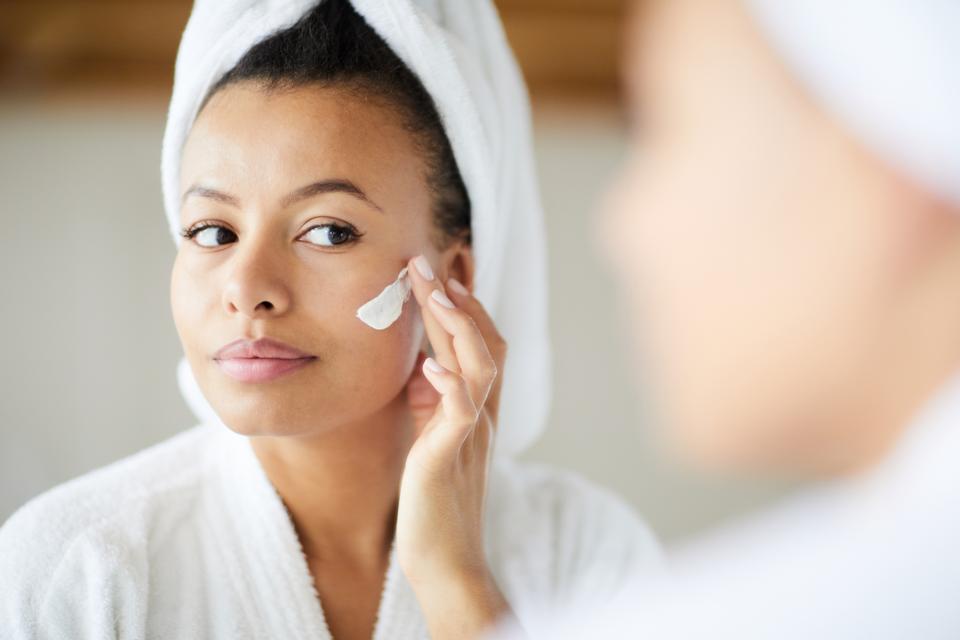Skincare for Rosacea-Prone Skin: Tips Beauticians Need
As a beautician, understanding the intricacies of skincare for rosacea-prone skin is crucial. This condition, often characterized by redness, visible blood vessels, and sometimes acne-like breakouts, requires a gentle and informed approach. The primary goal is to soothe and calm the skin while avoiding triggers that could worsen the condition.

Understanding Rosacea: A Beautician's Guide
Before diving into the specifics of skincare for rosacea-prone skin, it is essential to understand what rosacea is. This chronic skin condition primarily affects the face, causing redness and visible blood vessels. Factors such as spicy foods, alcohol, sun exposure, and stress can exacerbate the symptoms. As a beautician, recognizing these triggers and advising clients on how to avoid them is a pivotal part of the care regimen.
It's important to have a comprehensive understanding of the different subtypes of rosacea, which include erythematotelangiectatic rosacea, papulopustular rosacea, phymatous rosacea, and ocular rosacea. Each subtype presents distinct symptoms and challenges, requiring tailored skincare strategies. You can learn more about embracing your skin with conditions such as rosacea in this insightful article from LivaNa Natural.
Essential Skincare Routine for Rosacea
Creating an effective skincare routine for clients with rosacea involves selecting products that soothe and protect the skin. The routine should include:
1. Gentle Cleansing
Opt for a mild, fragrance-free cleanser. Ingredients such as aloe vera and chamomile can provide soothing benefits. Encourage clients to cleanse with lukewarm water and avoid scrubbing, which can irritate the skin.
2. Hydration and Moisturization
Hydration is crucial for all skin types, but especially for those with rosacea. Recommend a lightweight, non-comedogenic moisturizer with soothing ingredients like niacinamide and hyaluronic acid. These can help reduce redness and hydrate the skin without causing breakouts.
3. Sun Protection
Sun exposure is a major trigger for rosacea flare-ups. Encourage clients to use a broad-spectrum sunscreen with an SPF of at least 30. Physical sunscreens containing zinc oxide or titanium dioxide are often well-tolerated by sensitive skin types.
To further explore skincare routines, you might find it useful to visit Oprah Daily's guide on building a skincare routine.
Choosing the Right Products
When selecting products for rosacea-prone skin, look for those labeled as hypoallergenic and non-irritating. Avoid products containing alcohol, menthol, and artificial fragrances, as these can trigger flare-ups. Instead, focus on those with calming agents like green tea extract, niacinamide, and oat extract.
Understanding how to read skincare labels is invaluable in ensuring that the products are suitable for sensitive skin.
Professional Treatments for Rosacea
In addition to at-home care, professional treatments can be beneficial. Consider offering gentle facials that use soothing masks and LED therapy, which can help reduce inflammation and redness. Always conduct a thorough consultation to tailor treatments to each client's specific needs.
1. LED Light Therapy
LED light therapy, particularly blue and red light, can help diminish inflammation and promote healing in rosacea-prone skin. It's a non-invasive treatment that can complement a client's daily skincare regimen.
2. Chemical Peels
While chemical peels are generally avoided for rosacea, milder versions using lactic acid can be beneficial. They help in gently exfoliating the skin without causing irritation. Ensure to patch test and discuss the potential outcomes with your clients.
Educating Clients on Lifestyle Adjustments
As a beautician, part of your role is to educate clients about lifestyle changes that can help manage their rosacea. This includes dietary adjustments, stress management, and avoiding harsh weather conditions. Discuss the importance of wearing hats and using umbrellas to protect the skin from sun exposure.
Moreover, you can guide your clients to resources such as LivaNa Natural's tips for maintaining healthy skin through lifestyle changes.

Frequently Asked Questions
1. Can makeup be worn on rosacea-prone skin?
Yes, makeup can be worn, but it's important to choose products that are non-comedogenic and free of fragrances. Mineral-based makeup is often recommended as it is gentle on sensitive skin.
2. How often should a client with rosacea exfoliate?
Clients with rosacea should exfoliate sparingly. Opt for gentle exfoliants and limit use to once a week. Always patch test first to ensure the product does not irritate the skin.
3. Are there any dietary changes that can help manage rosacea?
Yes, avoiding spicy foods, hot beverages, and alcohol can help reduce flare-ups. Encourage clients to maintain a balanced diet rich in antioxidants and omega-3 fatty acids to support skin health.
For more insights on managing skin conditions, check out the article on whether sheet masks are worth it from LivaNa Natural.
By understanding and implementing these strategies, beauticians can play a pivotal role in helping clients manage their rosacea effectively.
This article contains affiliate links. We may earn a commission at no extra cost to you.

